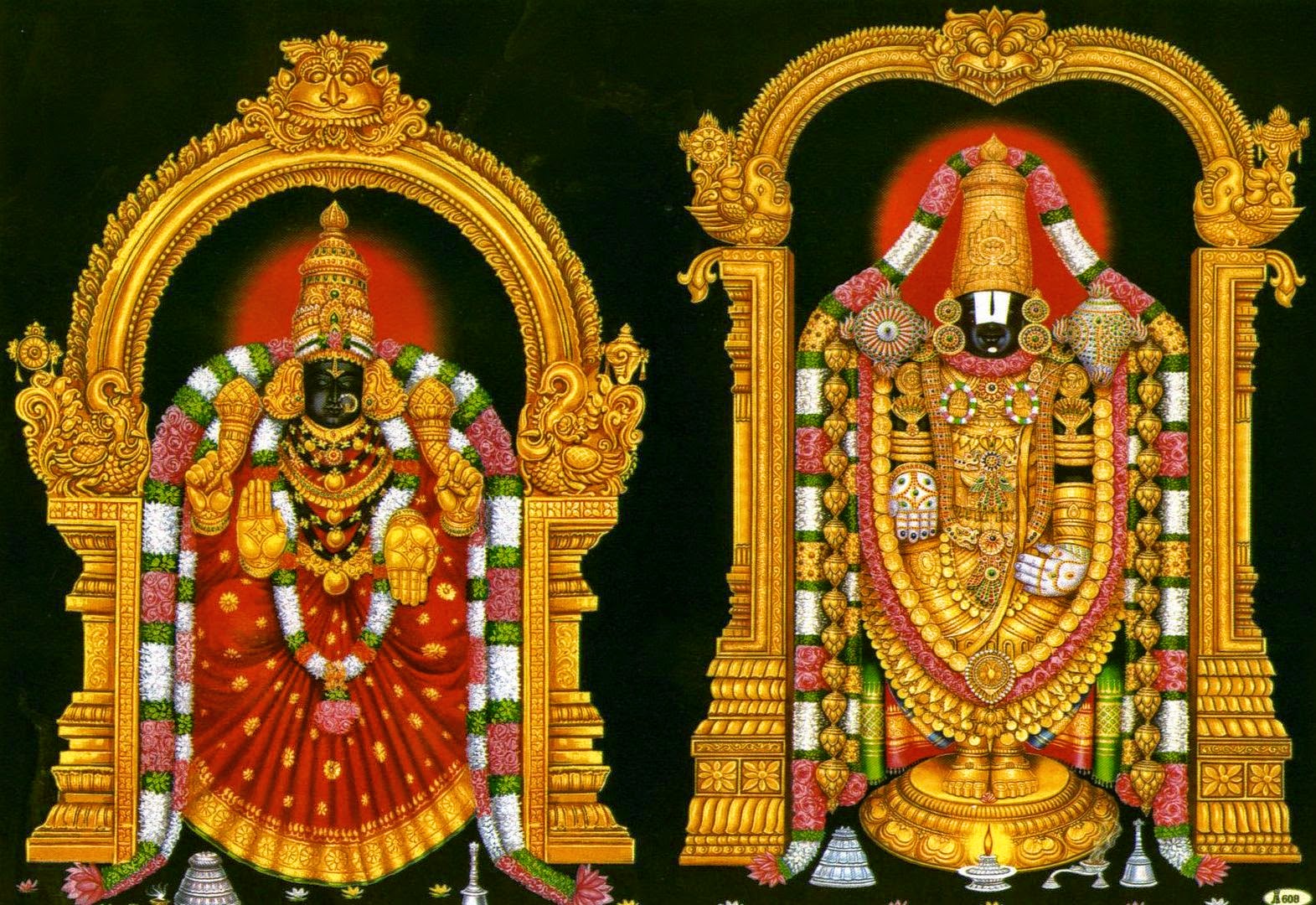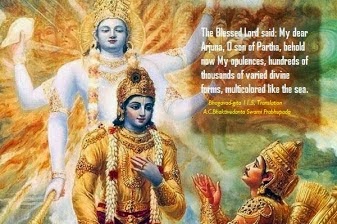The Moksha Gita : Swami Sivananda // Commentary : Chapter 7.3 - Swami Krishnananda.
=========================================================================
Friday, April 21, 2023. 06:00.
The Moksha Gita : Swami Sivananda
Chapter 7: The Process of Sadhana -3.
=========================================================================
9, 10. Understand the right significance of the "Tat Twam Asi" Mahavakya. The knowledge relating to the identity of the individual soul and the supreme soul that arises from Mahavakyas like "Tat Twam Asi" (Thou art That) is the means to emancipation.
Tat-Twam-Asi is the Abheda-Bodha-Vakya of the Upanishad which is also the Upadesha-Vakya instructed on by the Brahma-Srotriya Brahmanishtha Guru to the Adhikari or the disciple. The consciousness of the nonseparateness of Jiva and Brahman is brought about by this great aphoristic precept which Sage Uddalaka repeated nine times to his son and disciple Swetaketu.
"Thou art That" is the meaning carried out by this declaration of the Sruti. It has got a superficial verbal meaning or Vachyartha and an essential indicative meaning or Lakshyartha.
The individual and the cosmic, Avidya and Maya, Jiva and Ishwara, Atman and Brahman are the aspects which correspond themselves to the meaning of the terms 'Twam' and 'Tat' or 'Thou' and 'That'. The identity of the two is brought out by an illustration.
A person Devadatta is seen by me in January at Delhi. I recognise him and say, "This is Devadatta." I go to Agra on another occasion and find the same Devadatta there in April and exclaim, "This is THAT Devadatta", "Soyam Devadattah", referring to the identity of the persons seen at two places at two different times. The superimpositions which appear in the 'January-Delhi-Devadatta' and the 'April-Agra-Devadatta' are ignored and only the real 'Devadatta' is taken into account. The references to Time and Space – January, April, Delhi, Agra – are only temporary and relative, for the Devadatta who was in Delhi during the month of January cannot be different from the Devadatta who came to Agra during the month of April, because the person is the same, though the place and the time are different. Thus the identity of the two Devadattas is determined.
The individual and the cosmic persons respectively limited by Avidya and Maya, namely, the Jiva and the Ishwara, are two personalities differentiated by space and time. When the verbal meaning or the Vachyartha of the Mahavakya is taken, the Jiva is asserted to be Ishwara himself in the Pindanda. The Vishwa, Taijasa and Prajna of the microcosm or the Pindanda correspond closely to the Virat, Hiranyagarbha and Ishwara of the macrocosm or the Brahmanda. Thus the Jiva is an exact copy of or is identical with Ishwara.
But the Lakshyartha or the indicative meaning of the sentence is brought out in the illustration by "Soyam Devadattah" or "This is that Devadatta". The limitations are cast off and the essence only is taken. Atman limited by Avidya is Jiva and Brahman limited by Maya is Ishwara. When the Avidya of Jiva is cast off and the Maya of Ishwara is ignored, what remains is Atman instead of Jiva and Brahman instead of Ishwara. Just as the Devadatta of Delhi was the same as the Devadatta of Agra, the Reality of Ishwara and the Reality of the Jiva are one and the same. Hence Atman is identical with Brahman. 'Thou' stands for the Atman and 'That' for Brahman, and the word 'Art' or 'Asi' signifies the identity of the two as the One Akhanda-Ekarasa-Satchidananda-Ghana.
*****
To be continued
=========================================================================












Comments